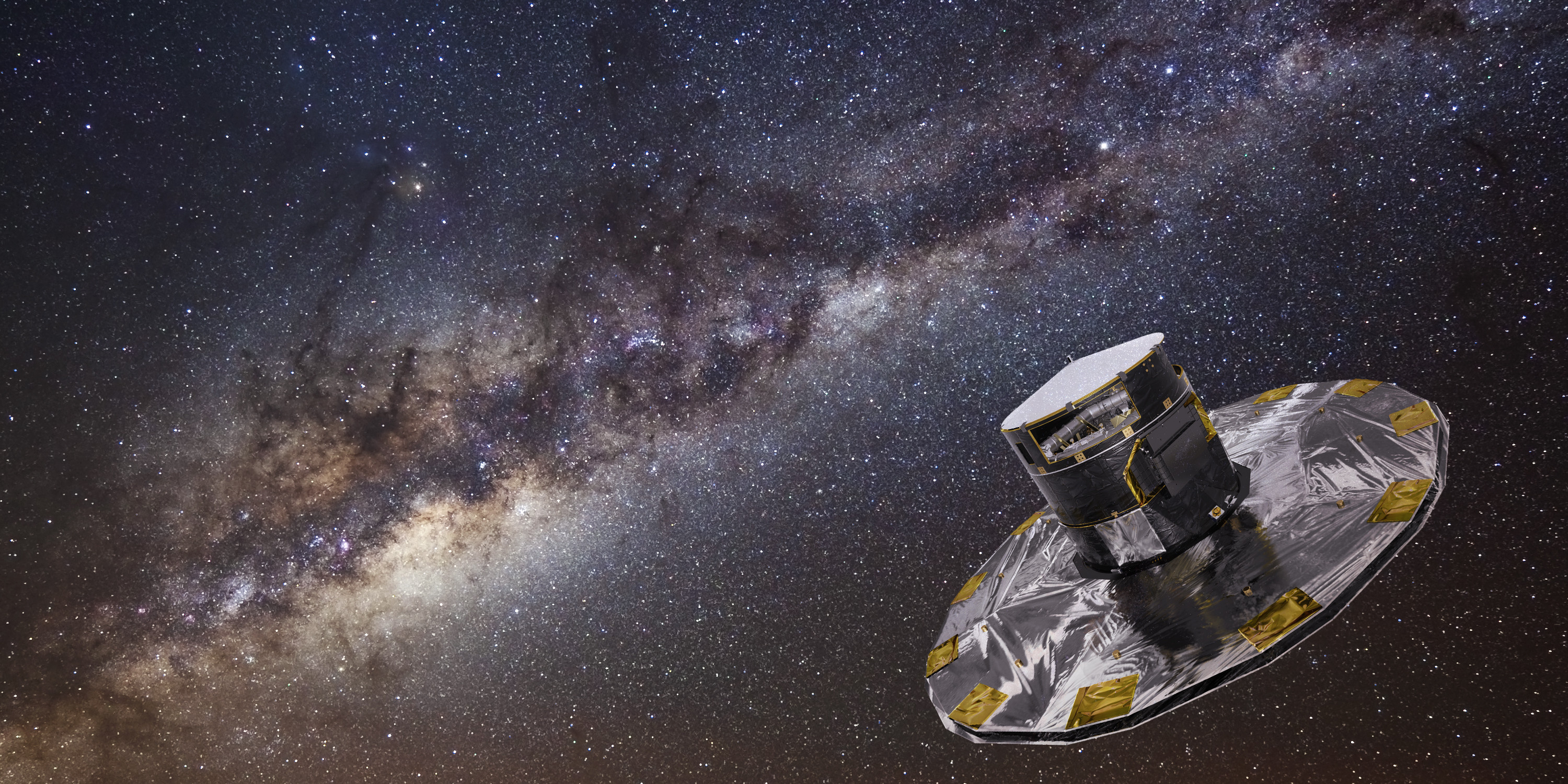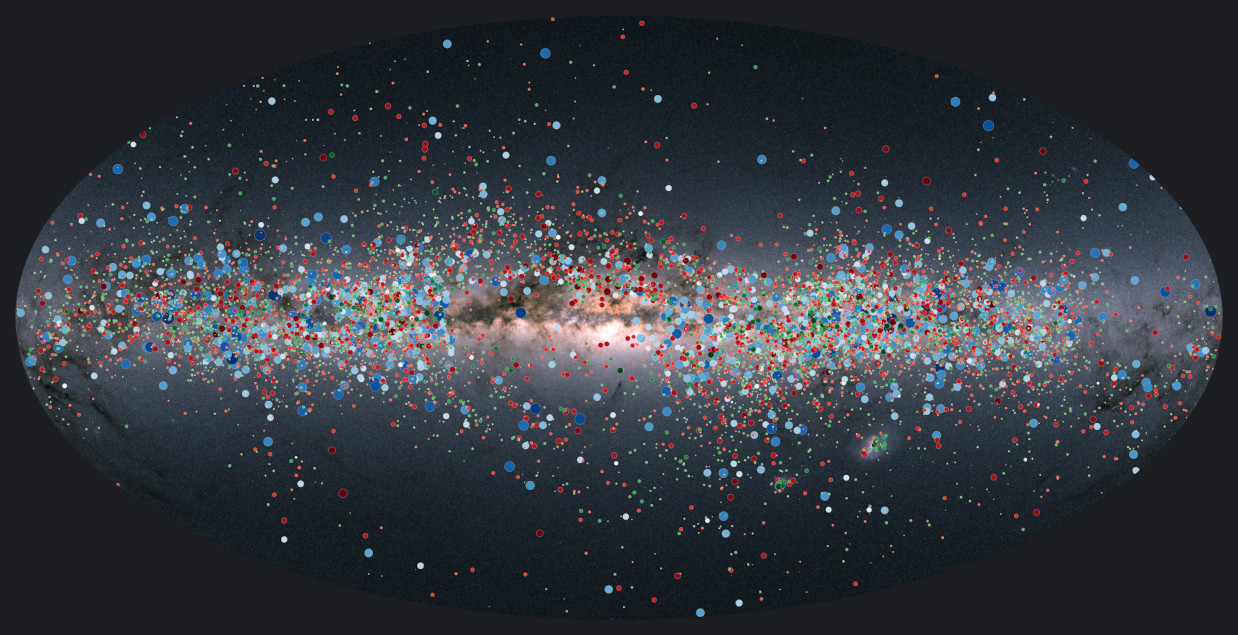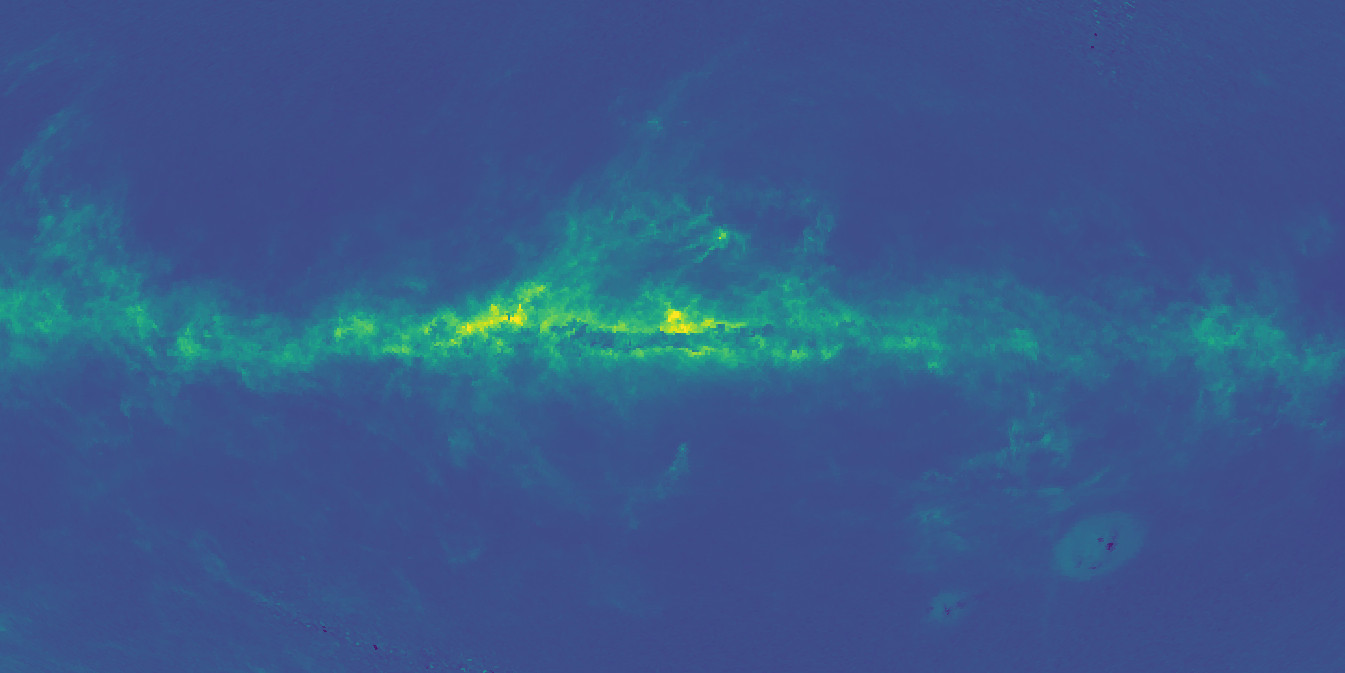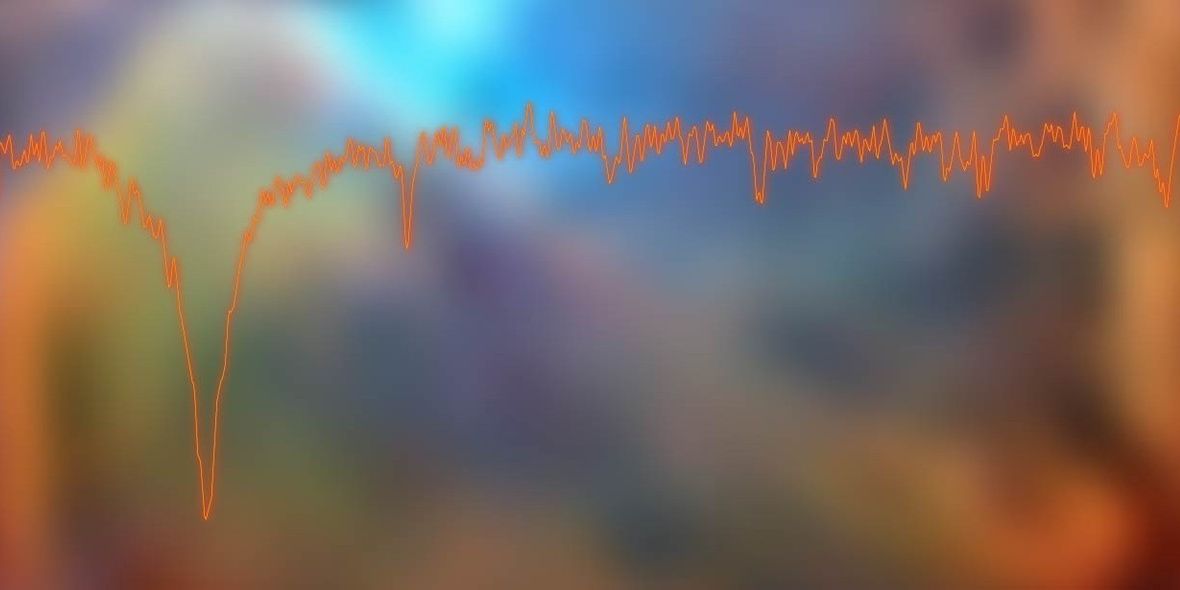Welcome to Gaia@AIP services
Launched in December 2013, Gaia is destined to create the most accurate map yet of the Milky Way. By making accurate measurements of the positions and motions of stars in the Milky Way, it will answer questions about the origin and evolution of our home galaxy.
The first data release (2016) contains three-dimensional positions and two-dimensional motions of a subset of two million stars. The second data release (2018) increases that number to over 1.6 Billion. In 2022, with the third data release, the number of sources increased to 1.8 Billion. Gaia’s measurements include high quality photometry, astrometric parameters, spectra and time series. The Gaia Data Release 3 (DR3) was published on 13rd of June 2022. On the 10th of October 2023 the first Gaia Focused Product Release was made public introducing 5 new catalogues addressing various aspects of Astronomy: crowded regions, gravitational lensing, long period variable stars, update on solar system objects, and a derived catalog of interstellar medium spectra. more details at Gaia FPR.
The AIP hosts the Gaia data as one of the external data centers along with the main Gaia archive maintained by ESAC.
Picture credits: ESO, Kristin Riebe/AIP





